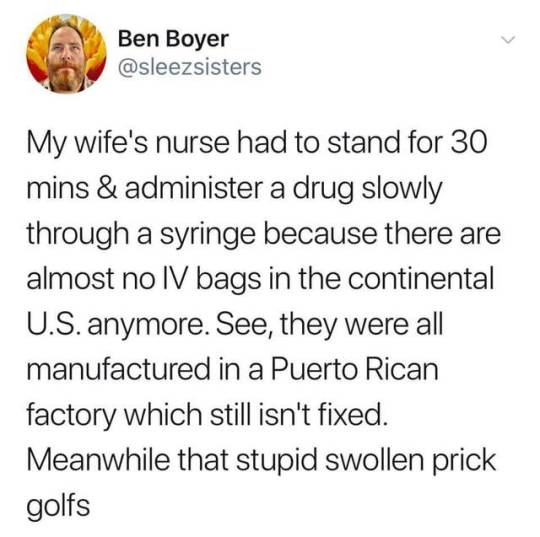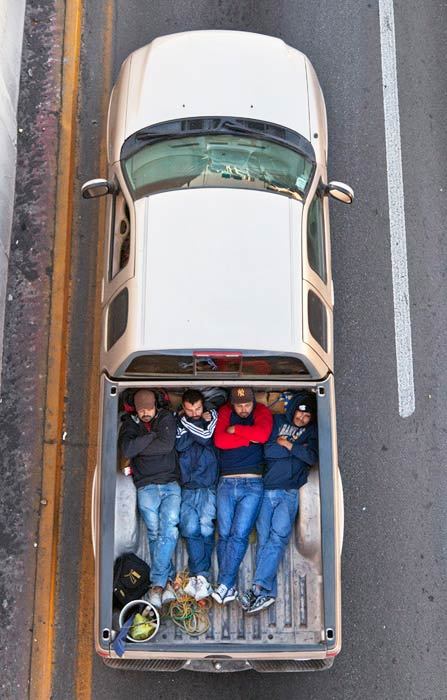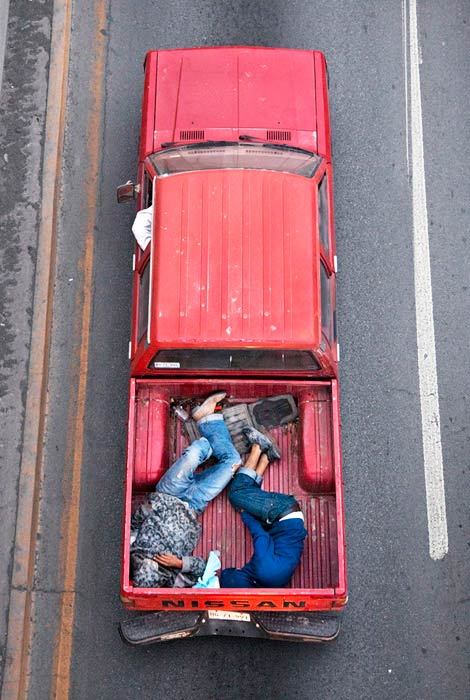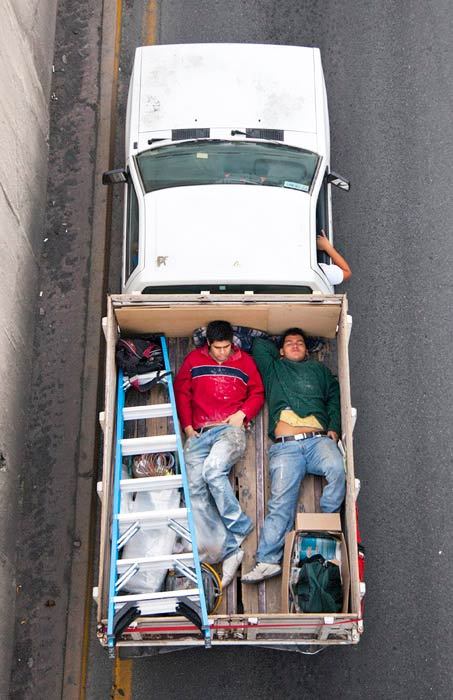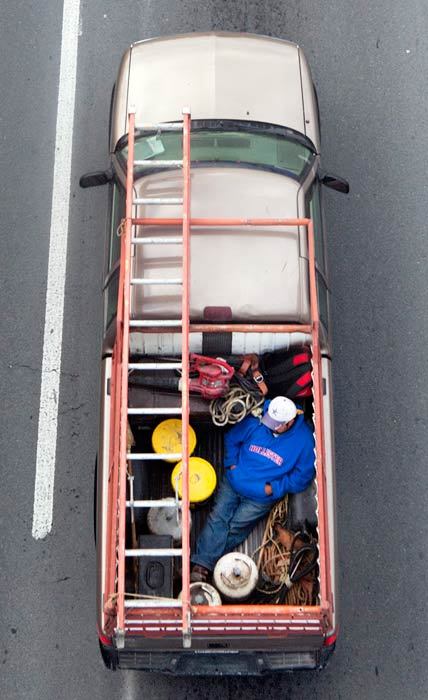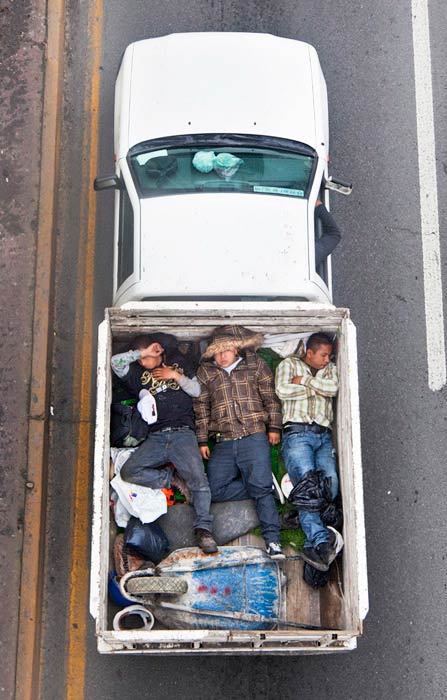Photo

E2a, S1 “Bubblestand”
1. [First go like this] What you’re currently doing
2. [Spin around] The big picture
3. [Stop!] What to stop fixating on
4-6. [Double take three times] What to be aware of
7. [Then pelvic thrust] How to act on that
8. [Stop on your right foot, don’t forget it!] What to avoid
9-11. [Now it’s time to bring it around town] How to move forward
81 notes
·
View notes
Photo
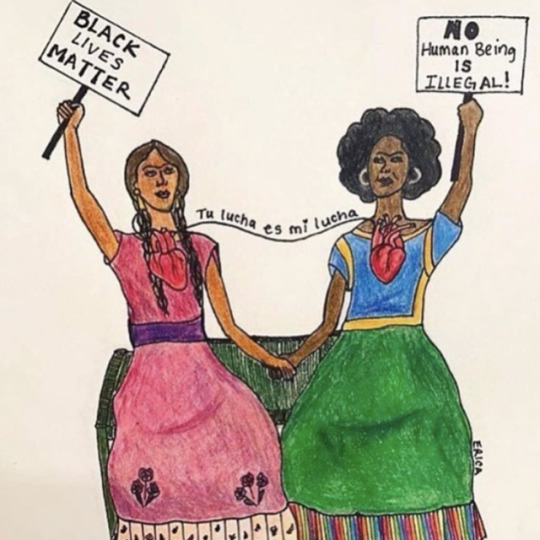
It’s not about who does what, but about how we all Rise Up As One to protect one another, our communities, our rights from those who try to bury us! ✊🏽👊🏿✋
4K notes
·
View notes
Link
868 notes
·
View notes
Video
vimeo
Explore the landscape around Paricutín, Mexico, where in 1943 this volcano emerged from a farmer’s field, grew into a hill, and sent out lava flows that buried the surrounding town, leaving only the church steeple sticking out of the still-smoldering rocks.
78 notes
·
View notes
Video
instagram
Video at the Texolo waterfall park located in the Municipality of Xico, in Veracruz, Mexico. The main waterfall has an approximate height of 78.7 feet. There is a bridge over the ravine that connects both parts of the forest. On the other side, there are two smaller waterfalls that can be seen from some of the trails in the area.
The waterfalls and their surroundings have been used to film several films. Video by @christian_foto
240 notes
·
View notes
Photo

Huarache mural in Puebla. Thank you Elisa :) Via neomexicanismos
136 notes
·
View notes
Video
Texas State Rep. Gene Wu gave this emotional plea for immigrant rights while speaking out against SB4. The bill lets officers ask anyone under arrest about their immigration status.
follow @the-movemnt
939 notes
·
View notes
Photo

Protesters fill Texas Capitol to fight SB4, the state’s new anti-sanctuary cities law
On Monday, the Texas House was briefly overtaken by hundreds of people protesting the state’s new anti-sanctuary cities law, known as SB4, the Associated Press reported.
The new law, which was signed by Texas Gov. Greg Abbott on May 7, will require both local police chiefs and sheriffs to comply with federal requests to hold criminal suspects for possible deportation. If they do not comply, they could lose their jobs or end up in jail themselves.
To oppose the bill, hundreds of demonstrators showed up in red shirts with the words “fight back” emblazoned on the front.
The noise prompted House leadership to stop its session, the last one before its recess. Read More (5/29/17 5:50 PM)
326 notes
·
View notes
Photo
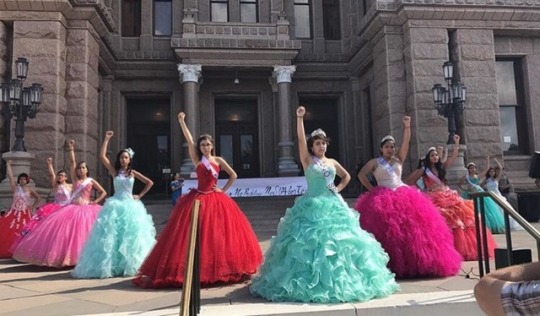

@dianaarevalo116 Quinceañeras at the Capitol, organized by @jolttexas, used song and dance to protest SB4. #15contraSB4#dontlegislatehate #todosunidos #txlege
https://www.instagram.com/p/BWvGzD4gasY/
@seecatsmile
https://www.instagram.com/p/BWvAdXGAP5X/
129 notes
·
View notes
Photo

How The Systemic Segregation Of Schools Is Maintained By ‘Individual Choices’
Sixty-three years after the Supreme Court’s Brown v. Board of Education ruling mandated the desegregation of American schools, many schools across the country either remain segregated or have re-segregated.
Journalist Nikole Hannah-Jones tells Fresh Air’s Terry Gross that when it comes to school segregation, separate is never truly equal.
“There’s never been a moment in the history of this country where black people who have been isolated from white people have gotten the same resources,” Hannah-Jones says. “They often don’t have the same level of instruction. They often don’t have strong principals. They often don’t have the same technology.”
Still, when it was time for Hannah-Jones’ daughter, Najya, to attend kindergarten, the journalist chose the public school near their home in Bedford-Stuyvesant, Brooklyn, even though its students were almost all poor and black or Latino. Hannah-Jones later wrote about that decision in The New York Times Magazine.
For Hannah-Jones, sending Najya to the neighborhood school was a moral issue. “It is important to understand that the inequality we see, school segregation, is both structural, it is systemic, but it’s also upheld by individual choices,” she says. “As long as individual parents continue to make choices that only benefit their own children … we’re not going to see a change.”
Hannah-Jones adds that her daughter is thriving at school. “I know she’s learning a lot,” she says. “I think it is making her a good citizen. … It is teaching her that children who have less resources than her are not any less intelligent than her or not any less worthy than her.”
Illustration: Michelle Kondrich for NPR
1K notes
·
View notes
Quote
Though they are now living in relative safety in Iraqi Kurdistan, they fear for their lives and a future in a country that seems to have no place for them. Ismael and Jandark’s story is part of a larger, decades-long one, about the exodus of the Christian minority population from the wider Middle East. Iraq’s Christian population, which is an ancient mix of Chaldean Catholics, Syrian Orthodox and members of the eastern Assyrian church, have traditionally had a strong presence in the northern province of the region. Twenty years ago, church officials estimated that as many as 1.3 million Christians lived in Iraq. But dictatorship, war and suffering has forced Christians to flee their villages. After the U.S. invasion of Iraq in 2003, extremists targeted Christians and other minorities, causing hundreds of thousands to flee. It is estimated there are fewer than 400,000 Christians left in Iraq today.
‘No One’s Country Anymore’ (via azspot)
4 notes
·
View notes
Photo

Virginia HS Teacher Asks Latina Student, ‘Are You Legal or Illegal?’ (VIDEO)
69 notes
·
View notes
Link
Children and teenagers of Mexican descent make up one of the fastest-growing populations in the nation's public schools. That's a well-known statistic, but less known is that, in the last eight years, nearly 500,000 of these children have returned to Mexico with their families. Nine out of 10 are U.S. citizens because they were born in the U.S. That's according to Mexican and U.S. government figures compiled by researchers with the University of California system, and the Civil Rights Project at UCLA. These families have returned to Mexico because of the economic downturn in the U.S. Many others were deported and had no choice but to take their U.S.-born children with them. Whatever the reason, Mexican schools have been caught off guard, totally unprepared to receive them. Researchers with the U-C Mexico Initiative say these students will in all likelihood travel back and forth between both countries so schools on both sides of the border need to work together to make sure they get a quality education. In Mexican schools, the single-biggest problem these U.S.-born children and teenagers face is that they can't read or write in Spanish. In the U.S. schools they previously attended, many lacked the academic English they needed to do well. They're often labeled "English Language Learners" or ELLs. Patricia Gandara, co-chair of the Civil Rights Project, has been tracking these students in both countries. She says both the U.S. and Mexico struggle with these transient students, and she says Mexican schools can learn a lot from educators who work with these kids in this country.
3 notes
·
View notes

